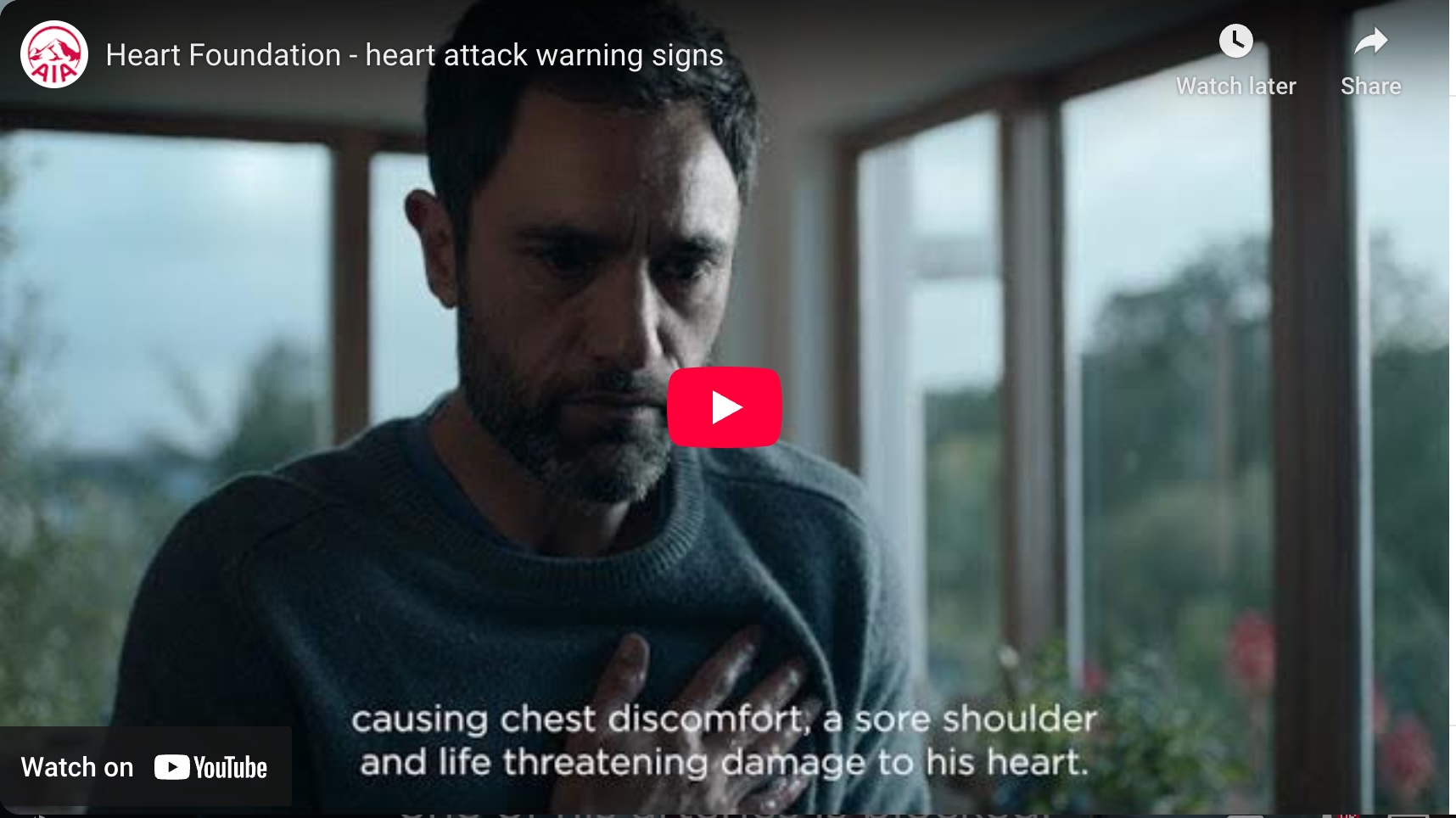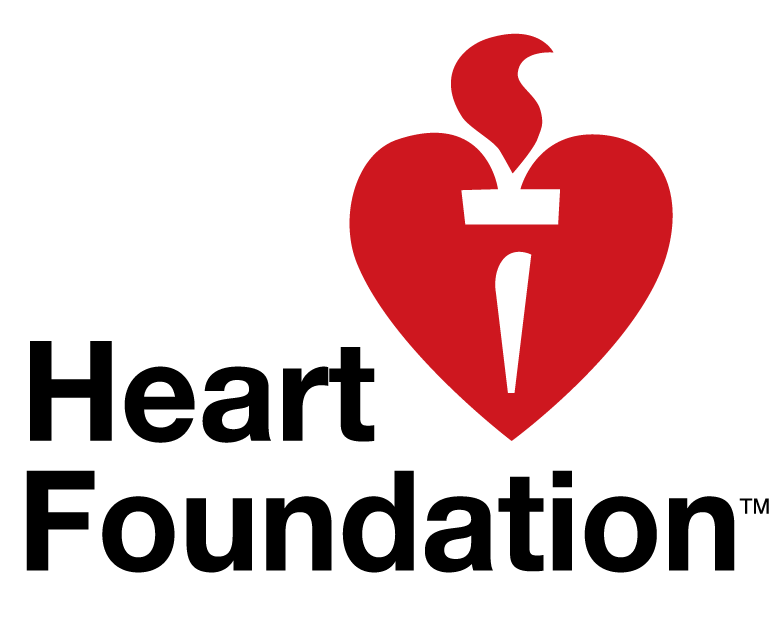We’re probably all familiar with the stereotypical version of a heart attack. An older man cries out and clutches his chest in agony. He collapses on the floor and his heart stops beating.
The reality however is often very different. A heart attack isn’t always as dramatic as you think. And it doesn’t always affect the people that you think. In fact, a heart attack can happen to anyone, anywhere, at any time.
In this article, we bust some of the common myths about heart attacks.
MYTH: “I’ll know it’s a heart attack because I’ll have chest pain.”
FACT: Heart attack symptoms differ from person to person and no two heart attacks are exactly the same.
Some people experience little or no pain when they have a heart attack. And not everyone experiences symptoms in their chest.
That’s why familiarising yourself with the heart attack warning signs is really important.
-
You may feel any of the following
- discomfort or pain
- heaviness
- tightness
- pressure
-
In any of these areas:
- chest
- shoulder/s
- arm/s
- jaw
- neck
- back
-
You may also feel:
- sweaty
- short of breath
- sick (nausea or vomiting)
- dizziness
- extreme fatigue
MYTH: “I’m too young to worry about a heart attack.”
FACT: Although the risk of a heart attack increases with age, they can affect younger people as well.
More importantly, how you live your life today impacts your risk of heart disease in later life.
The build-up of fatty deposits in your arteries can begin even in your childhood and teenage years and continues throughout adulthood. This is a major cause of heart attacks.
Making heart healthy choices today reduces your risk of heart disease and increases your chance of a long and healthy life.
It’s a good idea to find out when you need to start regular heart checks with your doctor. Some people need them from 30 years of age, or even younger.
You can also use the Heart Foundation’s online heart health check, which estimates your risk of having a heart attack or stroke, and shares tips on reducing the risk.
MYTH: “Your heart stops beating when you have a heart attack.”
FACT: Your heart usually continues to beat when you’re having a heart attack.
A heart attack is when there’s a blockage in one or more coronary arteries (the main blood vessels to your heart).
A cardiac arrest is when your heart stops beating and your heart stops pumping. Normal breathing stops, and you lose consciousness.
These are two different types of heart event.
Sometimes a heart attack can trigger a cardiac arrest – but many don’t.
Find out more about the difference between heart attack and cardiac arrest.
MYTH: “I’m not sure if it’s a heart attack, so I’ll wait and see.”
FACT: When it comes to heart attacks, minutes matter. Waiting is the worst thing you can do.
Early treatment can prevent or limit the amount of permanent damage to your heart.
Prompt treatment can help to open up a blockage in an artery, restoring blood flow to the heart. However, if you don’t get treatment quickly, some of your heart muscle can die.
If you think you, or someone near you, might be having a heart attack don’t wait, call 111 immediately.
MYTH: Heart attacks are a man’s problem
FACT: Heart disease is the single biggest killer of women in New Zealand.
Heart attacks are often thought to be a male problem, but on average 900 women die from one each year in New Zealand. That’s more than two women a day losing their life to a heart attack.
There are also around 65,000 New Zealand women living with heart disease.
Women and men share largely the same risk factors for heart disease. These include (but aren't limited to):
- smoking
- high blood pressure
- diabetes
- high cholesterol
- a family history of heart problems
- lack of physical activity.
However, women are more vulnerable to some risk factors than men. Heart disease tends to occur slightly later in women because a woman's risk increases during and after menopause. Women also have some risks related to pregnancy and hormonal dysfunction.
Find out more about heart attacks in women.
MYTH: “I can’t change my risk of a heart attack.”
FACT: There are many things you can do to reduce your personal risk of a heart attack.
It’s true you can’t change some heart attack risk factors, like age and family history. However, there are more risk factors that you can change and/or manage.
For example, reducing your top blood pressure figure (systolic) by 10 points reduces your heart attack risk by 20% over the coming five years.
Likewise, meeting the recommended levels of 150 minutes per week of exercise also reduces your risk of cardiovascular disease (any condition of the heart or blood vessels). People who do little or no physical activity have a 34% higher risk of death from cardiovascular disease than those who do the recommended 150 minutes per week. You can read more about the impact of physical activity in the Heart Foundation’s position statement.
Steps you can take to reduce your personal risk of heart attack include:
- getting regular physical activity
- eating a heart healthy diet
- managing your blood pressure and cholesterol levels
- taking medication if required
- quitting smoking.
By making changes today, you can reduce your risk of a heart attack in the future.
Find how to reduce your heart attack risk.









